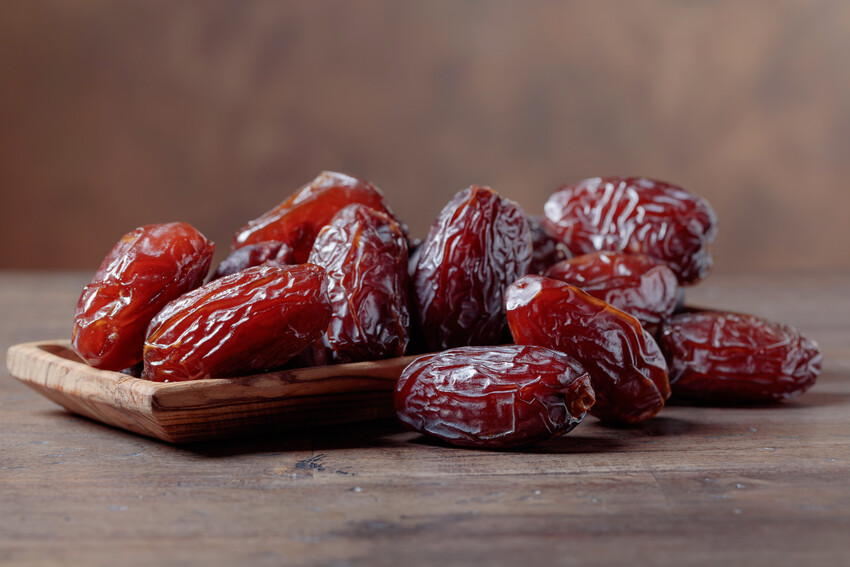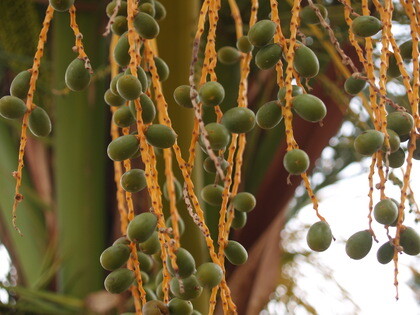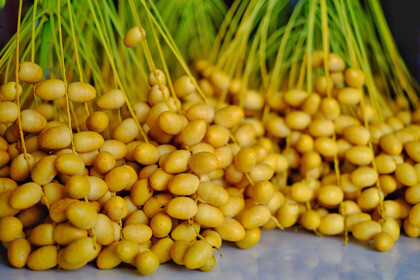


Dates
Fossil records show that the date palm has been around for about 50 million years. It is so old a species that it is not known where it originated. Archaeology shows it was cultivated 9,000 years ago in what is now Pakistan.
Dates are now grown commercially across North Africa, the Middle East, the Horn of Africa and South Asia, and it can also be found in most tropical and subtropical regions worldwide.
FORMATS
- Whole Pitted
- Chopped
OTHER POINTS TO NOTE
COUNTRIES OF ORIGIN
- Iran
- Pakistan
HARVEST
- October and November
VARIETIES
Phoenix dactylifera contains up to 19 species of wild date palm and is the major source of commercial date production varieties.
Certain cultivars (different date types) that we would recognise for their quality and different flavours are Deglet Noor, Medjool, Saidy, Zahidi and Holwah.
NUTRIENT HIGHLIGHTS
- Very low in saturated fats, with just 1% of the calorific value coming from fats
- Low in Cholesterol and Sodium
- A source of dietary Fibre
- Potassium is a key mineral
- 94% of the calorific value comes from Carbohydrates, over 60% of which is from natural sugars
